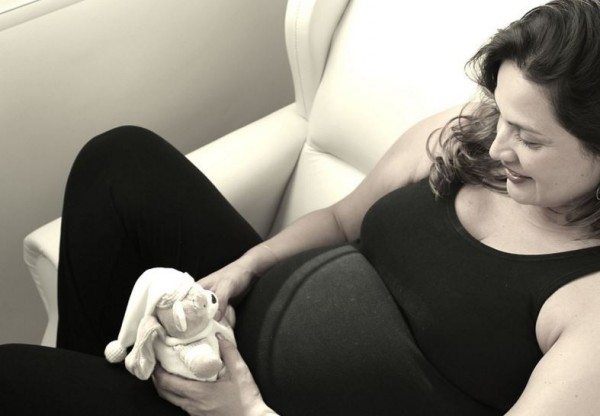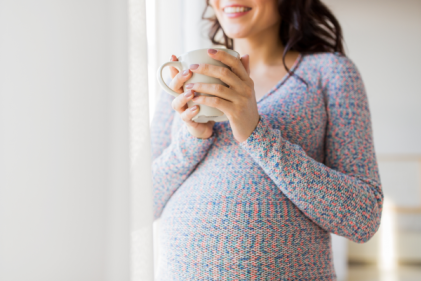Polymorphic eruption of pregnancy or PEP is a common skin condition that affects expectant mums.
Previously known as pruritic and urticarial papules and plaques of pregnancy (PUPPP), it usually occurs during a woman’s first pregnancy, and thankfully doesn’t tend to reoccur in later pregnancies.
1. What is it?
PEP is an itchy rash that generally appears on a woman’s stomach, particularly around stretch marks. It is relatively common and tends to occur in the third trimester, however, some women have developed it after giving birth.
2. What causes it?
While medical professionals are unsure what actually causes it, studies have suggested it could be due to weight gain, hormones, the size of your baby and whether you are expecting multiples. It doesn’t run in families so even if your sister, mum or aunts had it during their pregnancy it doesn’t necessarily mean you will develop it.
3. What are the symptoms?
The most common symptom is an itchy abdomen, followed by a nettle-like rash, small raised bumps, and inflamed areas. It generally tends to affect the area under the breast, abdomen, thighs and bum. Symptoms of obstetric cholestasis also include itchy skin, so explore all options when talking to your doctor about your condition.
4. What is the treatment?
PEP usually disappears immediately after giving birth but there are treatment options to help you deal with the itching sensation in the meantime. Certain oils and moisturising lotions can help to ease the symptoms and soaking in warm water may also help. Your doctor may also prescribe a stronger medication, like an antihistamine, if your symptoms are particularly severe.
5. Is it dangerous?
PEP is not known to cause any complications in pregnancy and won't affect your chance to have a normal delivery or breastfeed.








